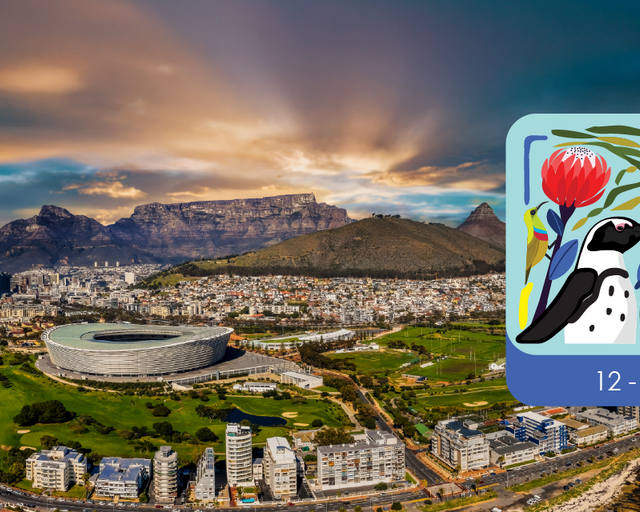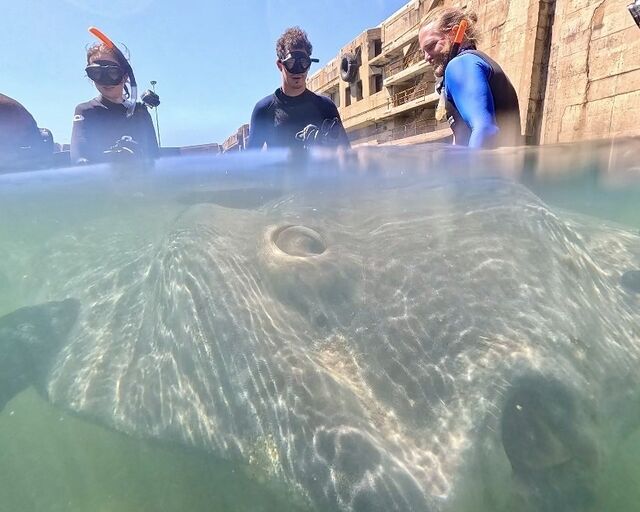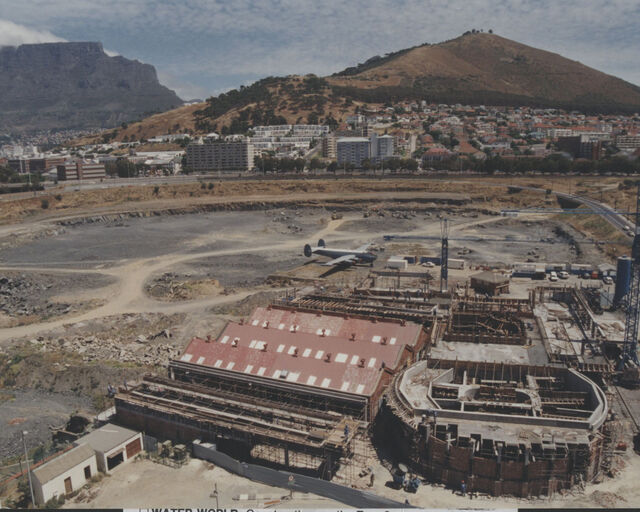We released 14 satellite-tagged juvenile loggerhead turtles as part of an international research project!
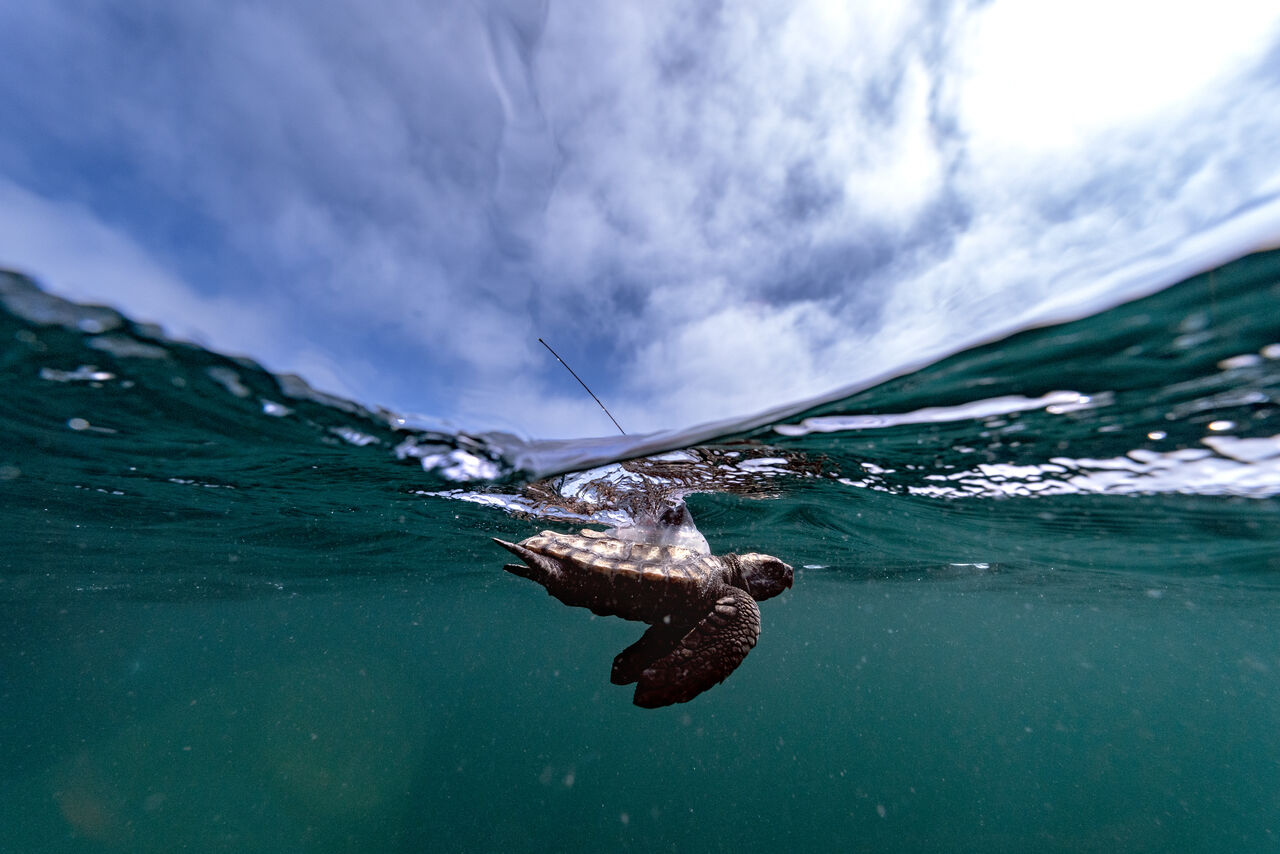
A first for Africa!
As an African first, fourteen juvenile loggerhead turtles were tagged and released back into the ocean on 20 January 2024 as part of an international research project. While releases of rehabilitated turtles are a regular activity for the Two Oceans Aquarium Foundation’s Turtle Conservation Centre, this release was significant as each juvenile turtle was fitted with a prototype satellite tag. This is a major milestone for South Africa and the continent, as it is the first time that juvenile loggerhead turtles have been tagged and released in Africa.
At this point, virtually nothing is known about the decade between turtles’ hatching and sexual maturity (known as the “lost years”) - this is a critical time in the lives of turtles, and insights will help contribute to their protection. The fourteen turtles tagged last week are part of an Atlantic Basin-wide tagging initiative led by Upwell Turtles, which seeks to understand the lost years' life history period of early-stage loggerheads. This collaborative effort unifies the innovative engineering of Lotek Wireless with field testing through ongoing partnerships with Florida Atlantic University (FAU), the Okeanos Institute of the University of the Azores, and now, the Two Oceans Aquarium Foundation. Another essential collaborator is Mercator Ocean International, which works with Upwell to provide analysis and interpretation of the data collected.
"This study provides a unique opportunity to shine a light on the lost years and use that understanding to better manage human threats to turtle conservation,” said George Shillinger, co-founder and Director of Upwell Turtles.
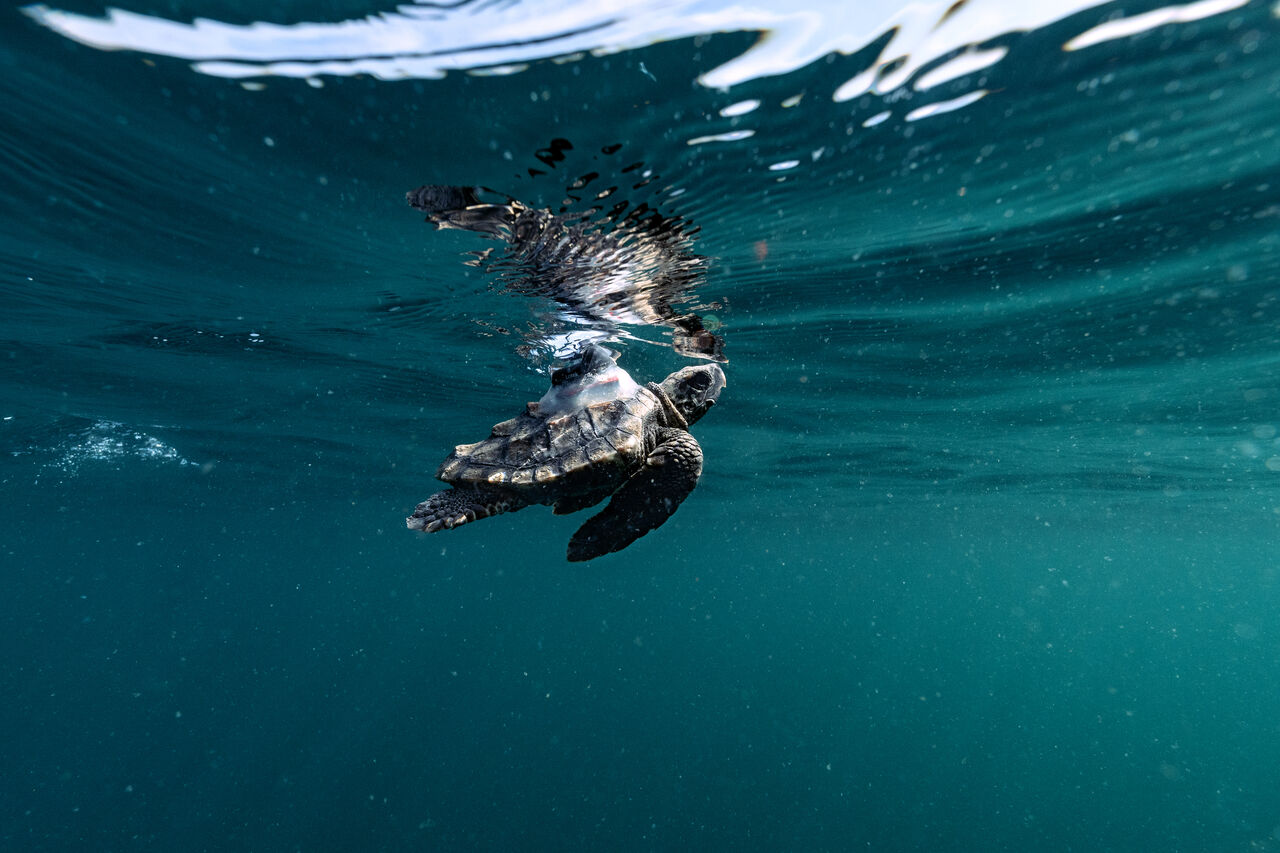
All about the tagging process
Each loggerhead turtle released was fitted with the latest generation of Lotek micro-satellite tag technology that Upwell has been deploying and refining with partners over the last five years on juvenile turtles of various species and sizes. The tags, which look like little boxes with aerials, are attached to the carapace (shell) of the turtle using a technique developed by Dr. Jeanette Wyneken at Florida Atlantic University, including an acrylic adhesive, silicon, and neoprene. Each tag will collect data on location, water temperature, and depth, and transmit this data to researchers via satellite each time the turtle comes to the surface to breathe. The tags can transmit for approximately three months, depending on the solar-powered batteries’ longevity, and are designed to fall off the turtle's carapace as it grows.
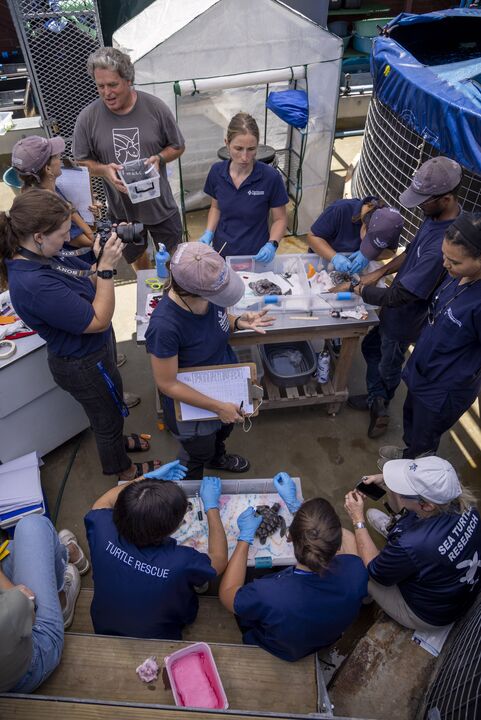
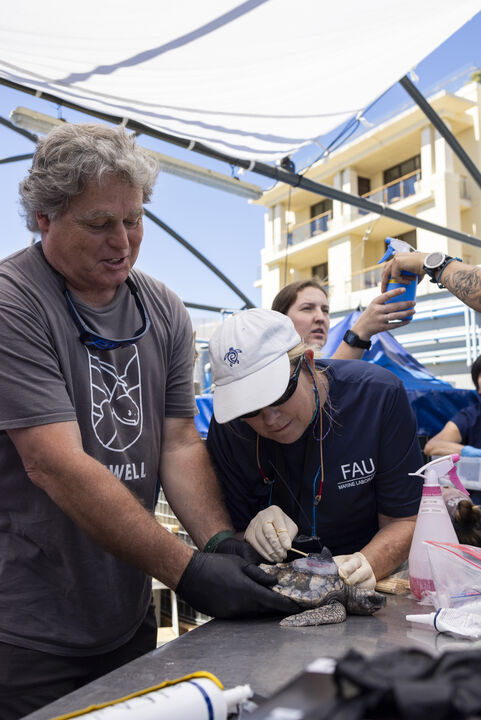
“This marks the beginning of an exciting opportunity for the Two Oceans Aquarium Foundation’s Turtle Conservation Centre. We are proud to have been approached by Upwell and its partners to provide access to juvenile loggerhead turtles being released off the Southern African coastline. This research collaboration allows Upwell and FAU to expand their research potential geographically and the Turtle Conservation Centre to participate in a significant global turtle conservation project, access to its data, and networking opportunities,” said Talitha Noble-Trull, Turtle Conservation Centre Manager.
Why is this important?
Five of the seven species of sea turtle visit South African waters, but only two, the loggerhead and the leatherback, nest on our shores. Both are listed as vulnerable on the IUCN Red List of Threatened Species. Loggerhead and leatherback turtles hatch on the northern KwaZulu-Natal beaches, where the tiny hatchlings enter the ocean and the warm Agulhas Current. This marks the beginning of the lost years – unless they strand on beaches, little is known about their whereabouts and behaviour until the females return to shore as adults to lay their eggs, while male turtles never return to land. Sexual maturity is reached between the ages of 25 and 35 years. Approximately one or two in every thousand hatchlings make it to adulthood.
This elusive lifecycle is part of the reason that this collaboration is so significant: By gaining insight into the movements and early life stages of loggerhead turtle hatchlings, we can better understand how to protect them for future generations.
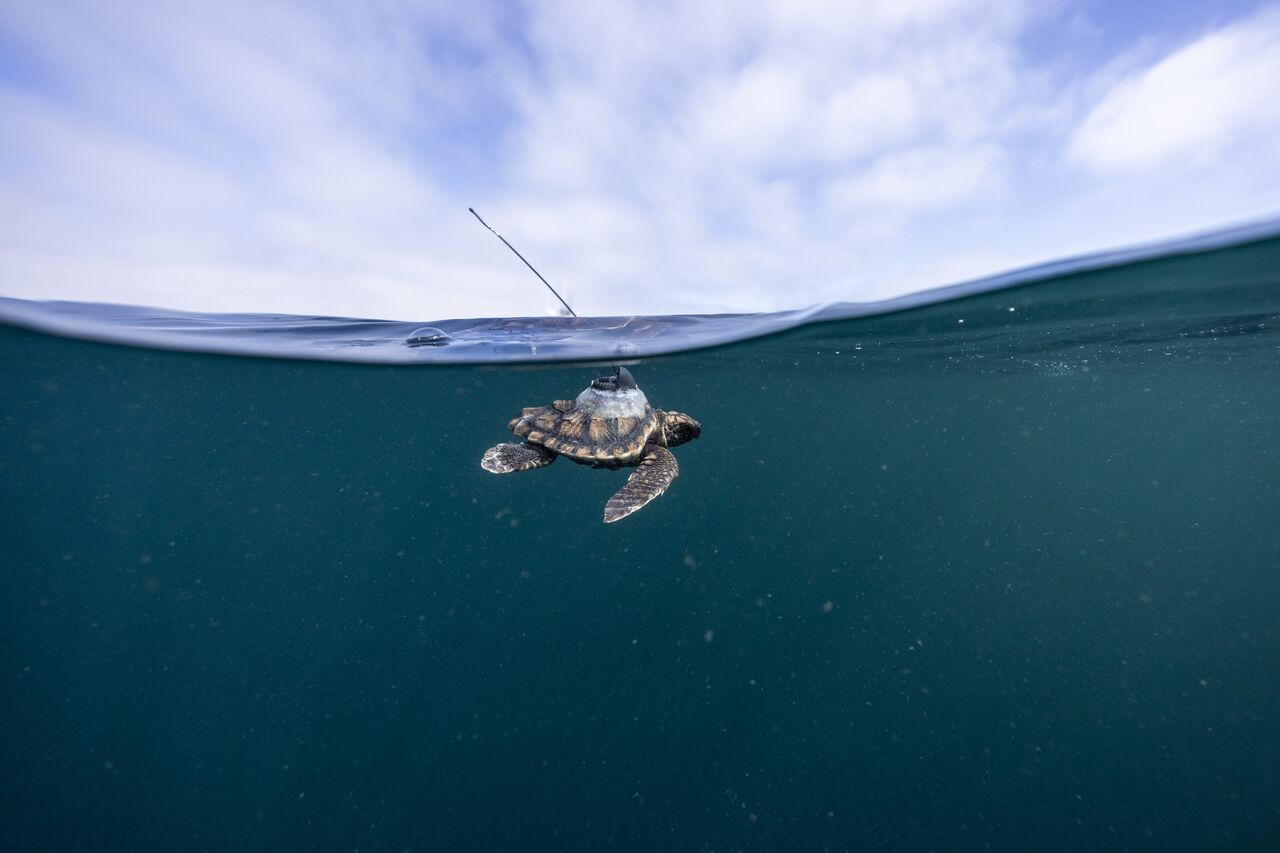
How does the Turtle Conservation Centre help?
Every year, hatchling turtles (mainly loggerheads) are swept along the Agulhas Current from the northern coast of KwaZulu-Natal towards the cold Benguela Current near the Western Cape. Cold water, rough seas, dehydration, and predation cause many of these turtles to be washed ashore in the Southern and Western Cape. The Two Oceans Aquarium Foundation’s Turtle Conservation Centre admits these stranded hatchling turtles to rehabilitation, as well as others (including adults and sub-adults) found stranded on beaches throughout the year.
The turtles are fully rehabilitated before being released back into warmer waters. Ranging in size from 20g to 80kg, each turtle’s rehabilitation journey is unique and can take from a couple of months to many years, depending on individual needs.
Many of the sea turtles suffer from complications caused by ingesting plastic, and death is not uncommon. Gaining insight into the life cycle of loggerhead turtles through the satellite tags will, hopefully, shed some light on where turtles are affected by these pollutants.
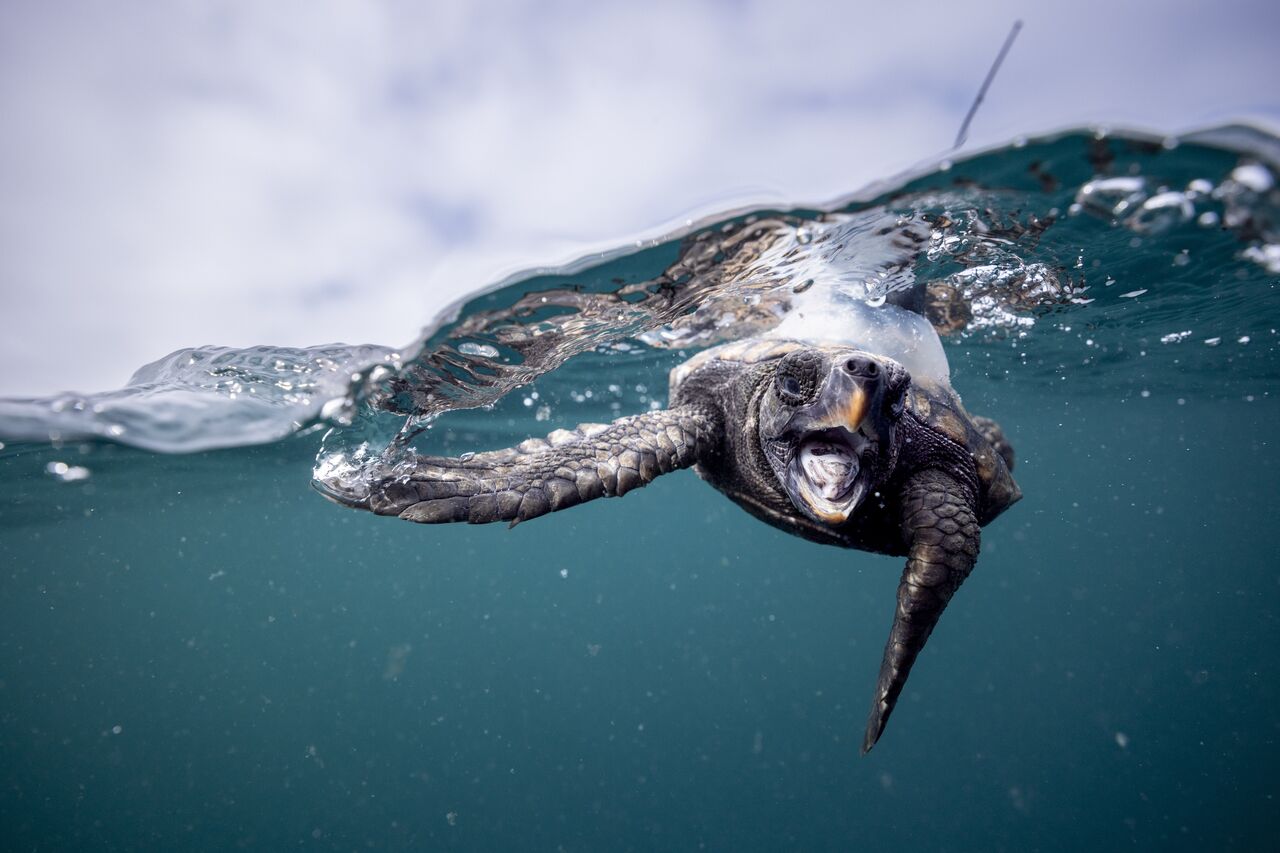
Related News
Sign up to our Newsletter
Receive monthly news, online courses and conservation programmes.
